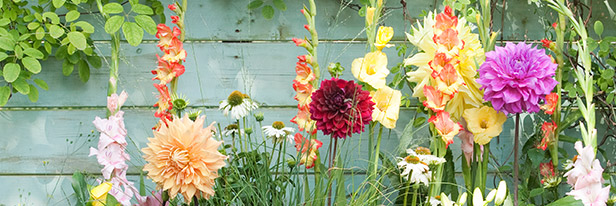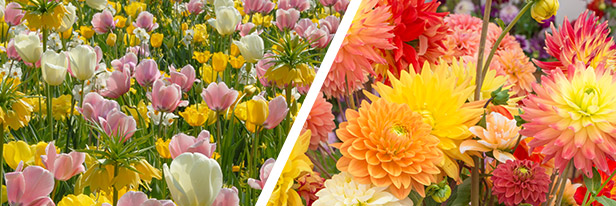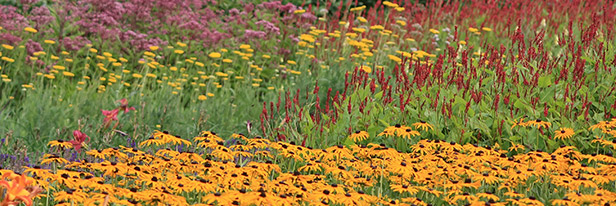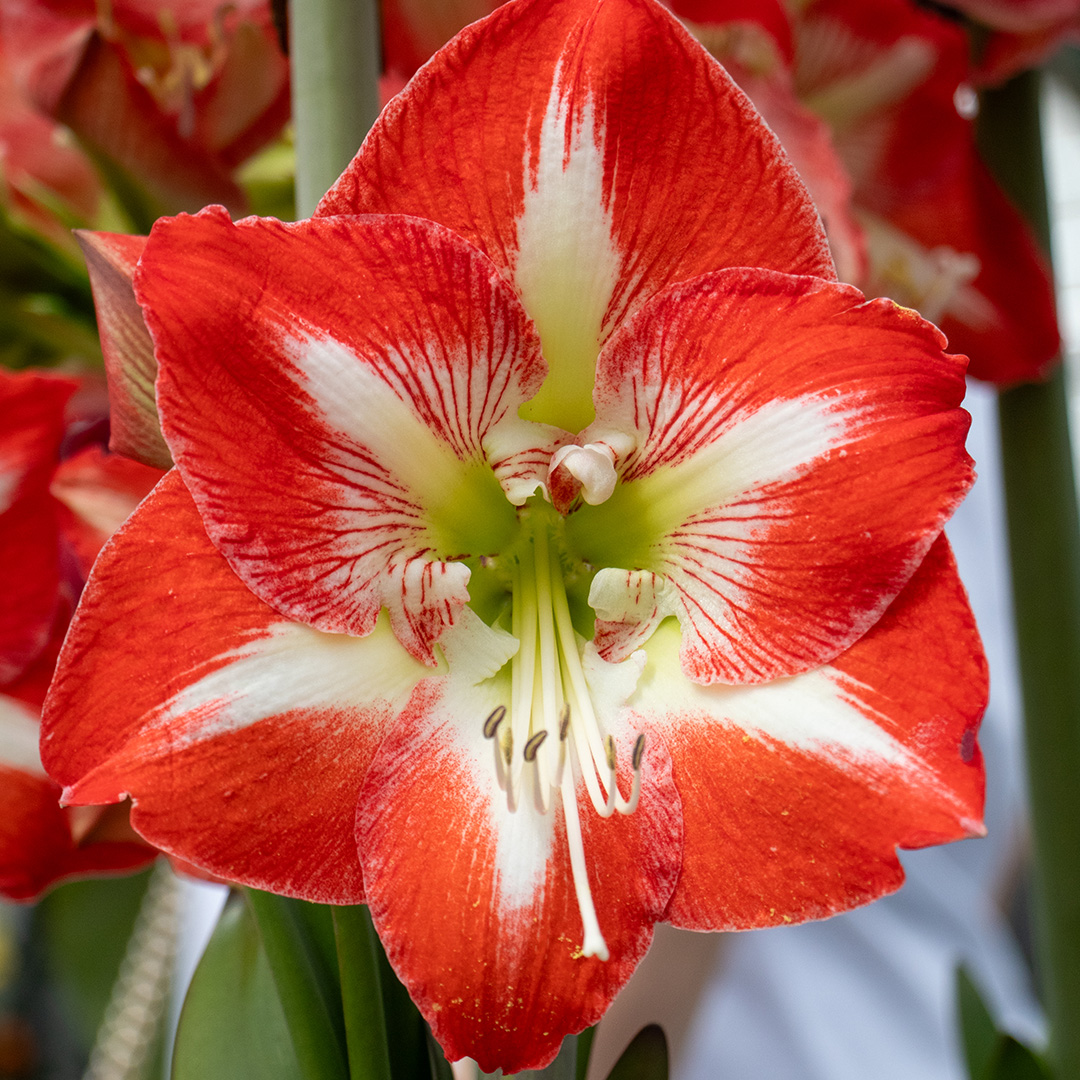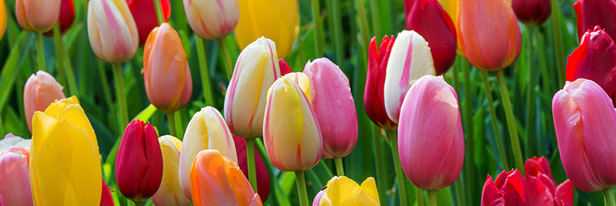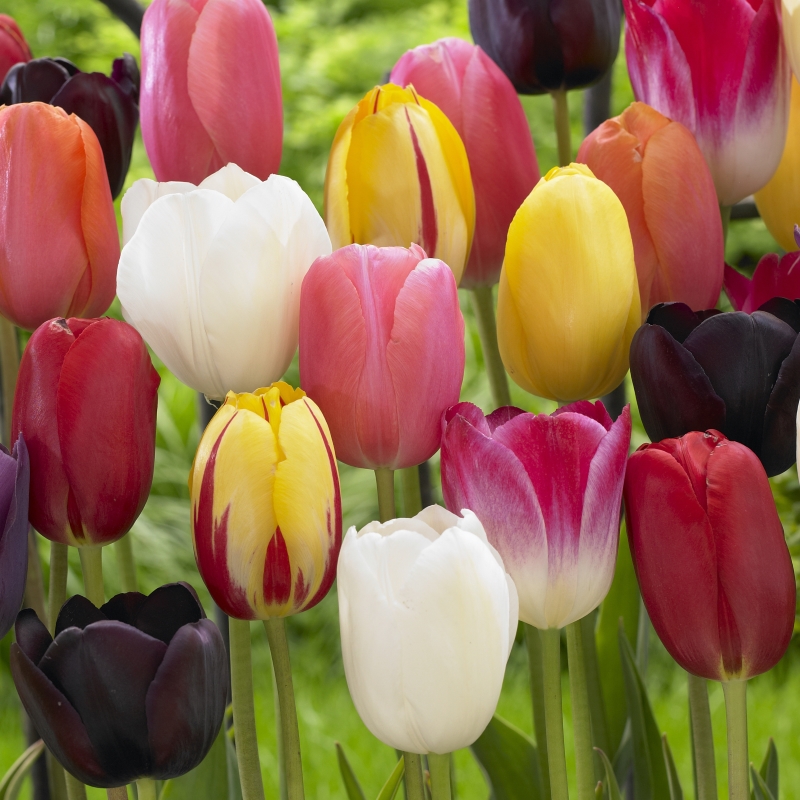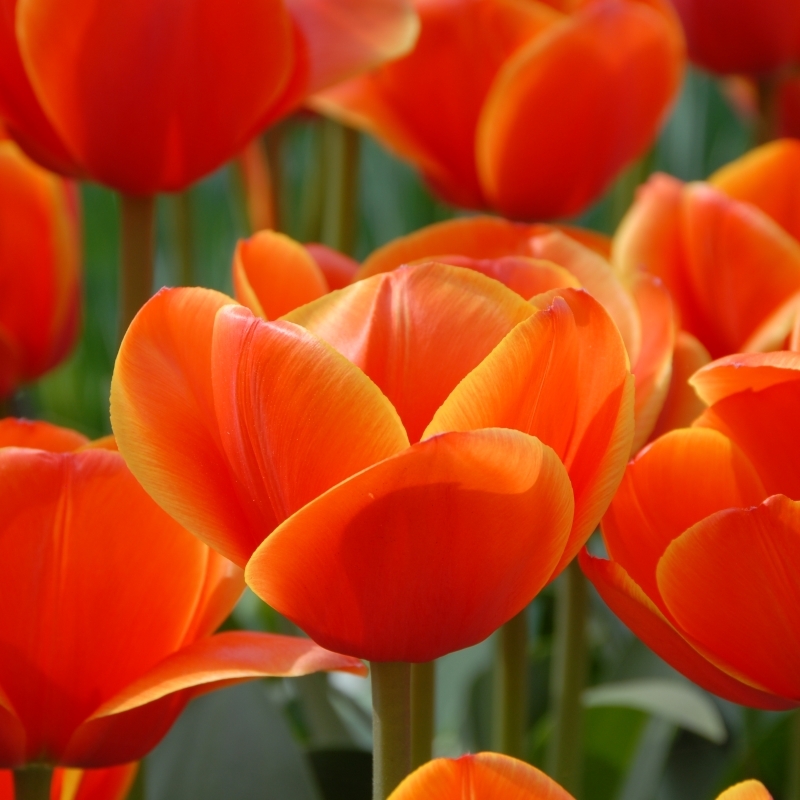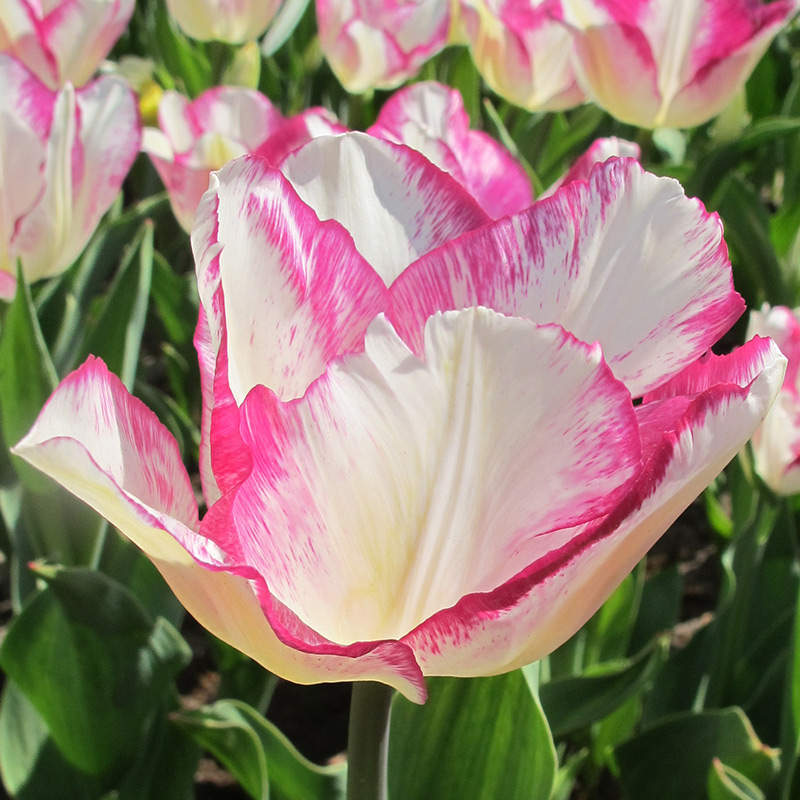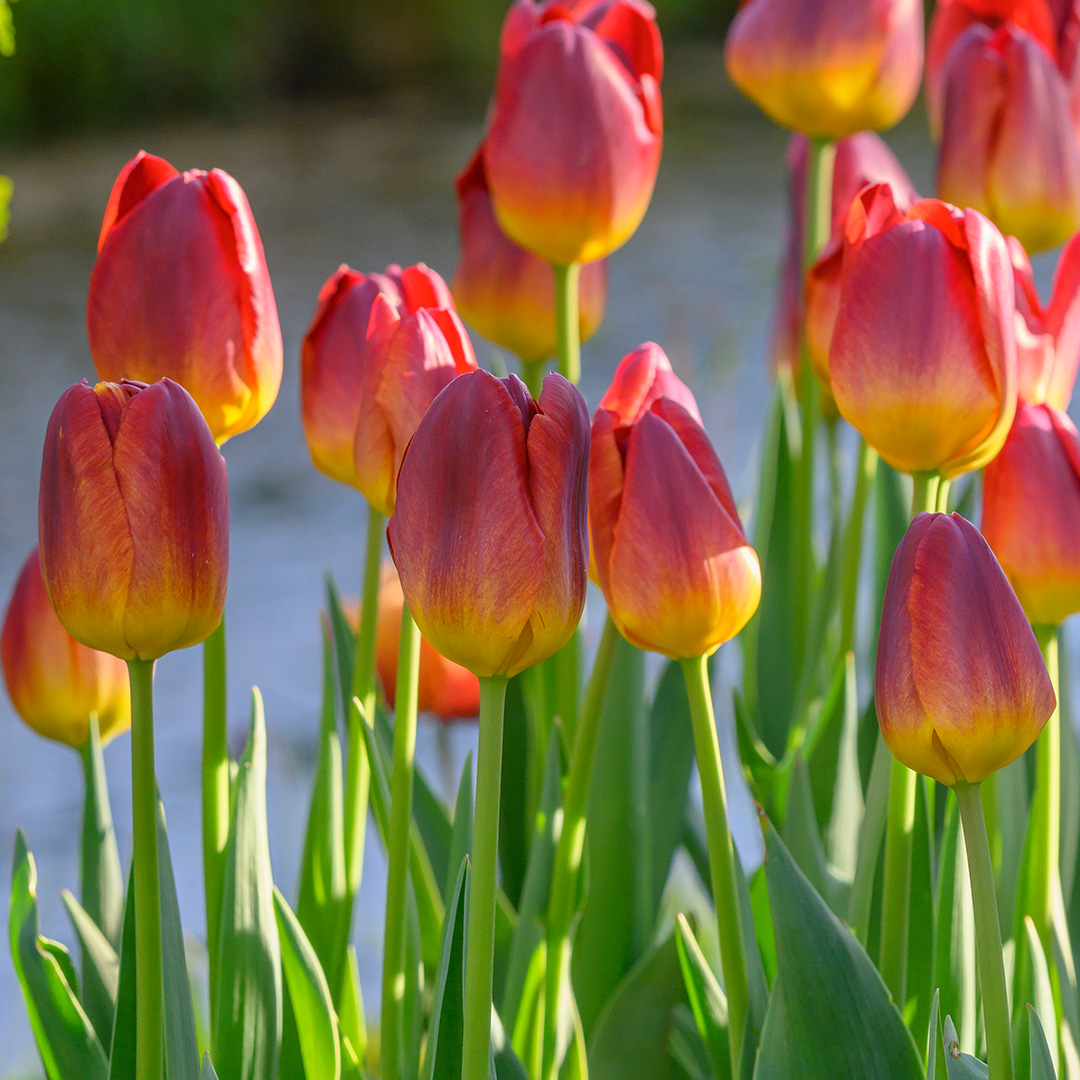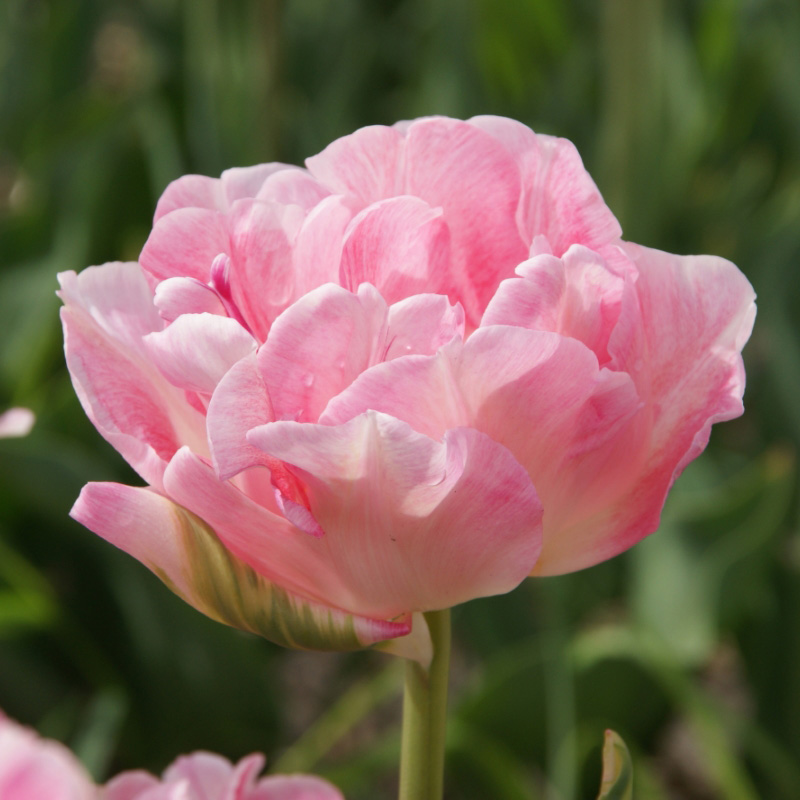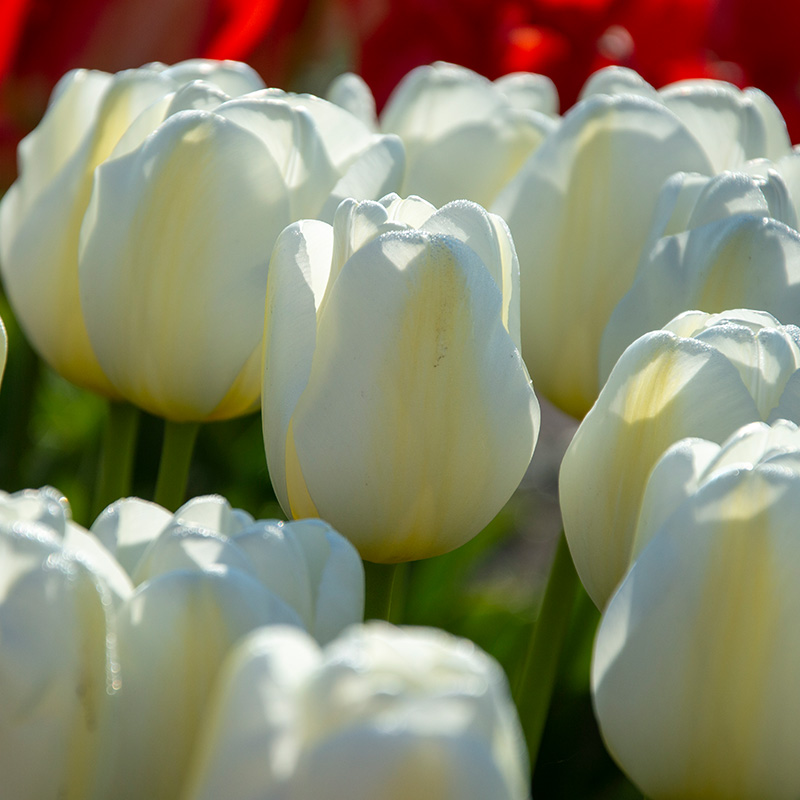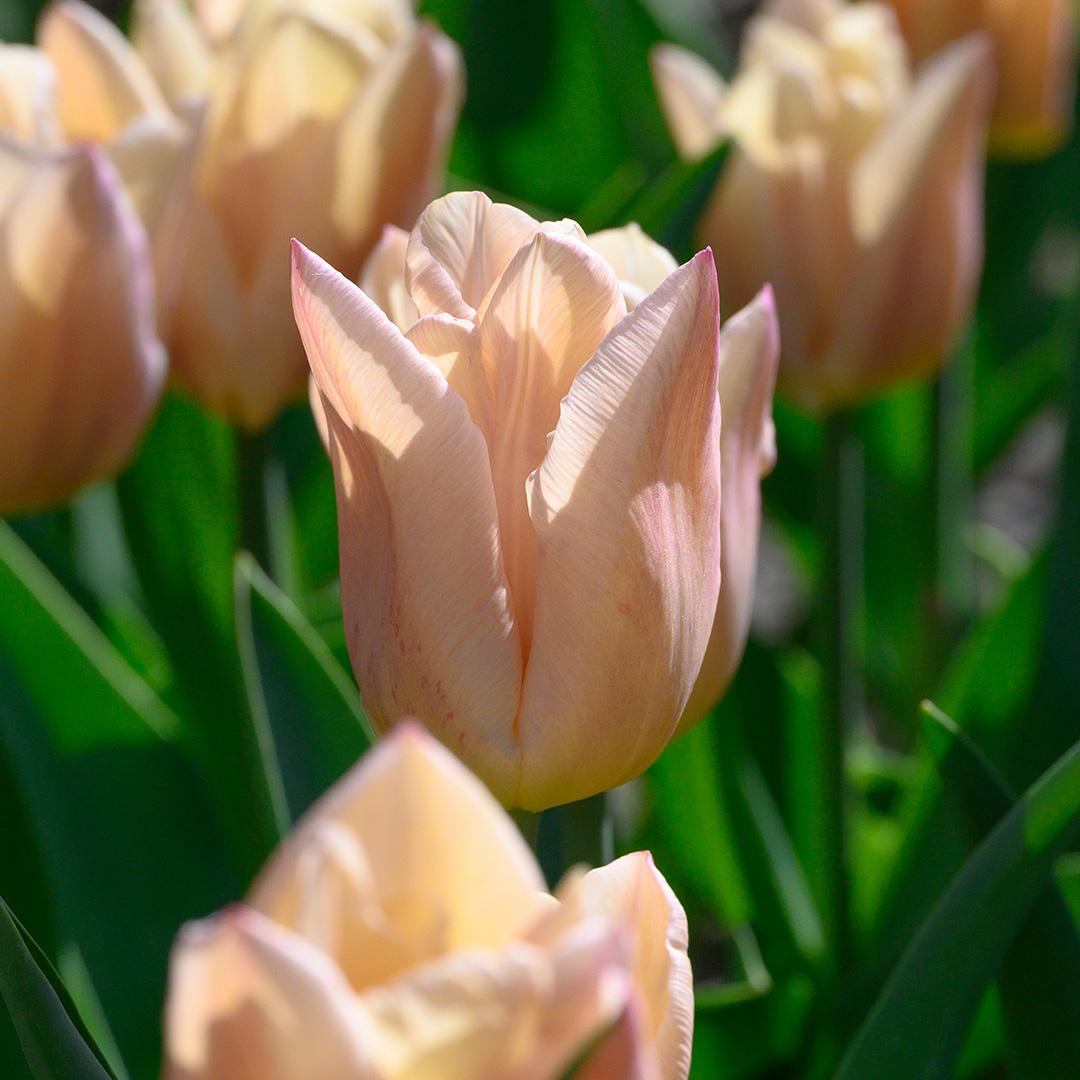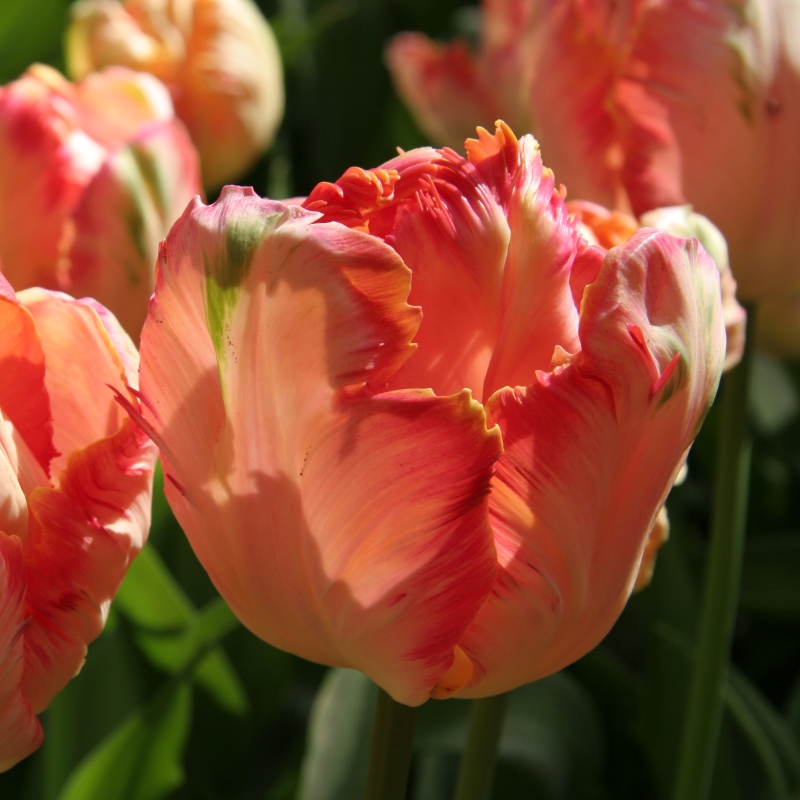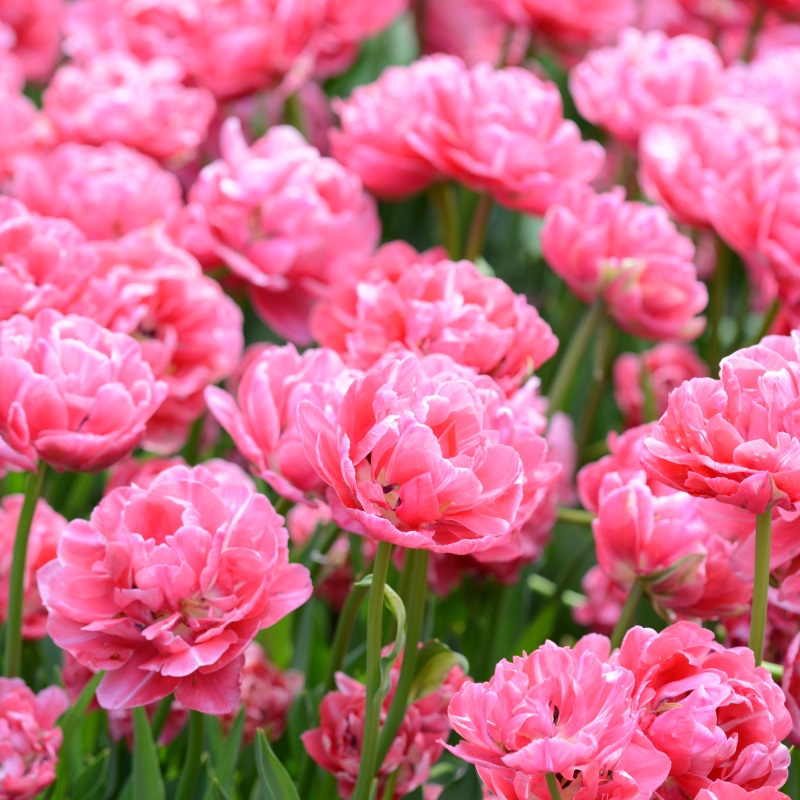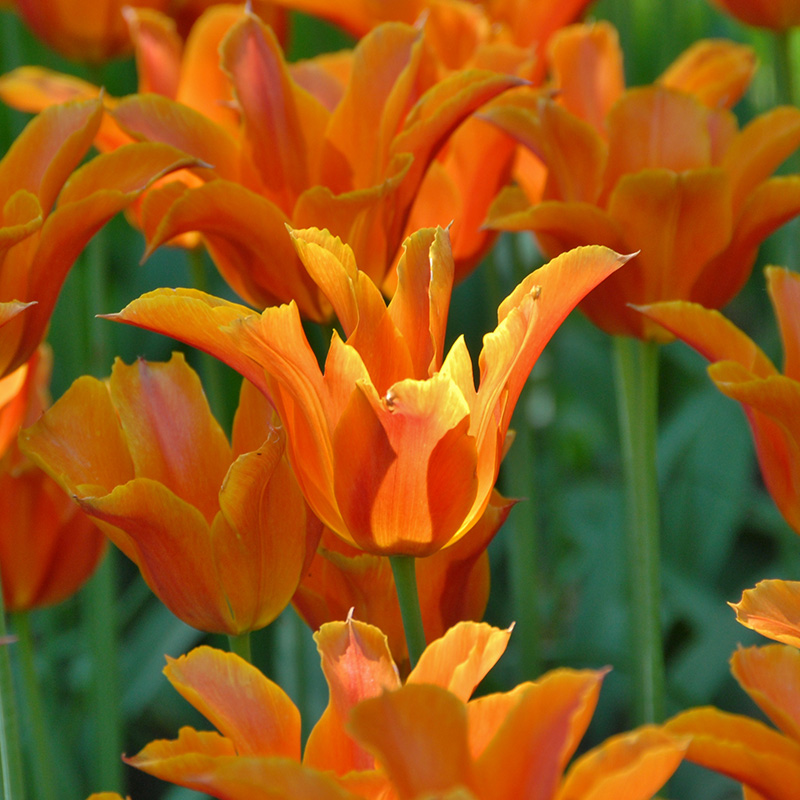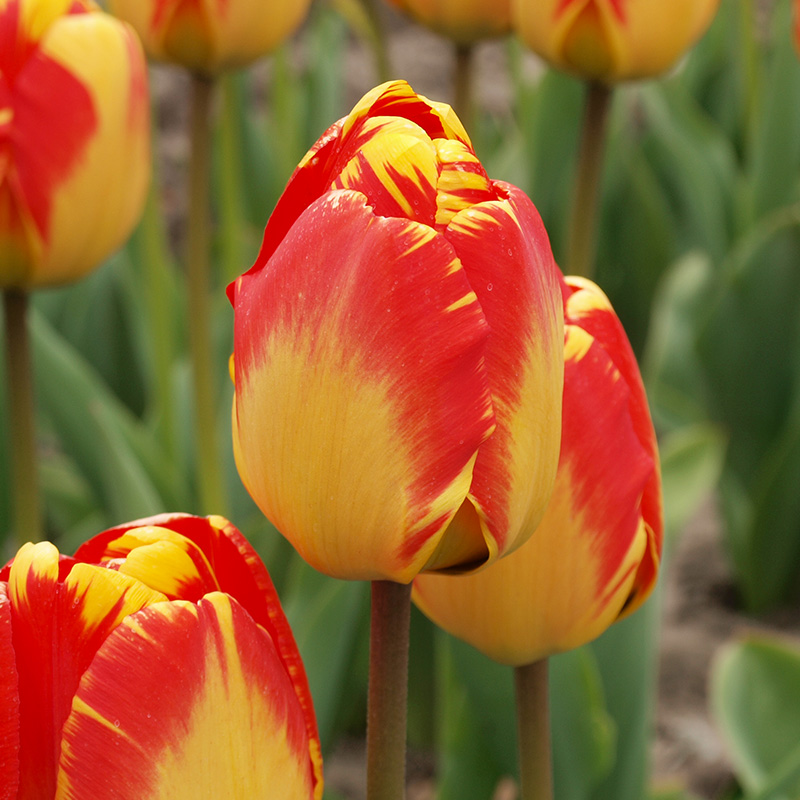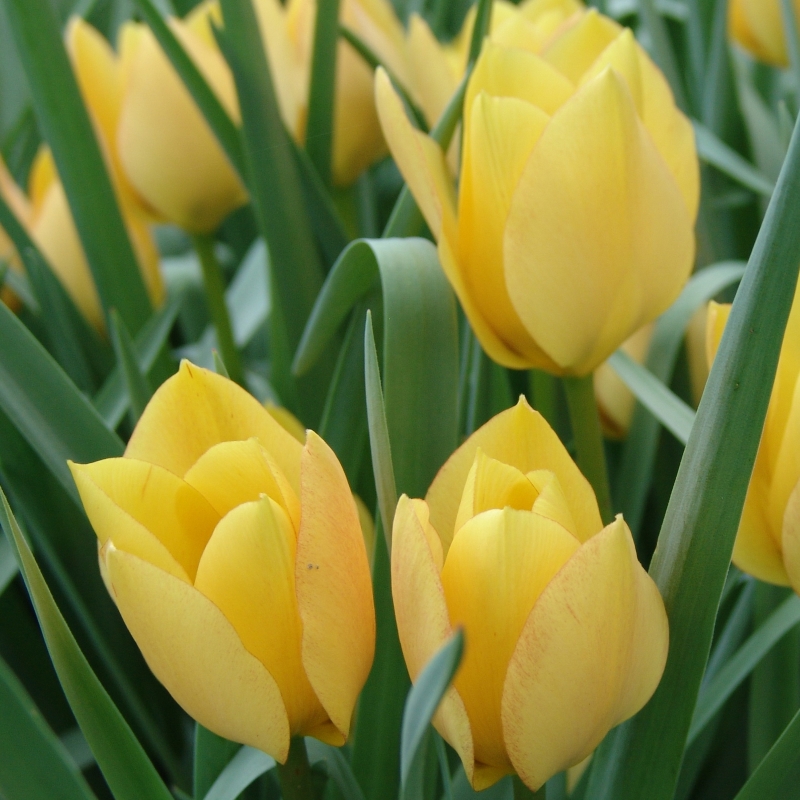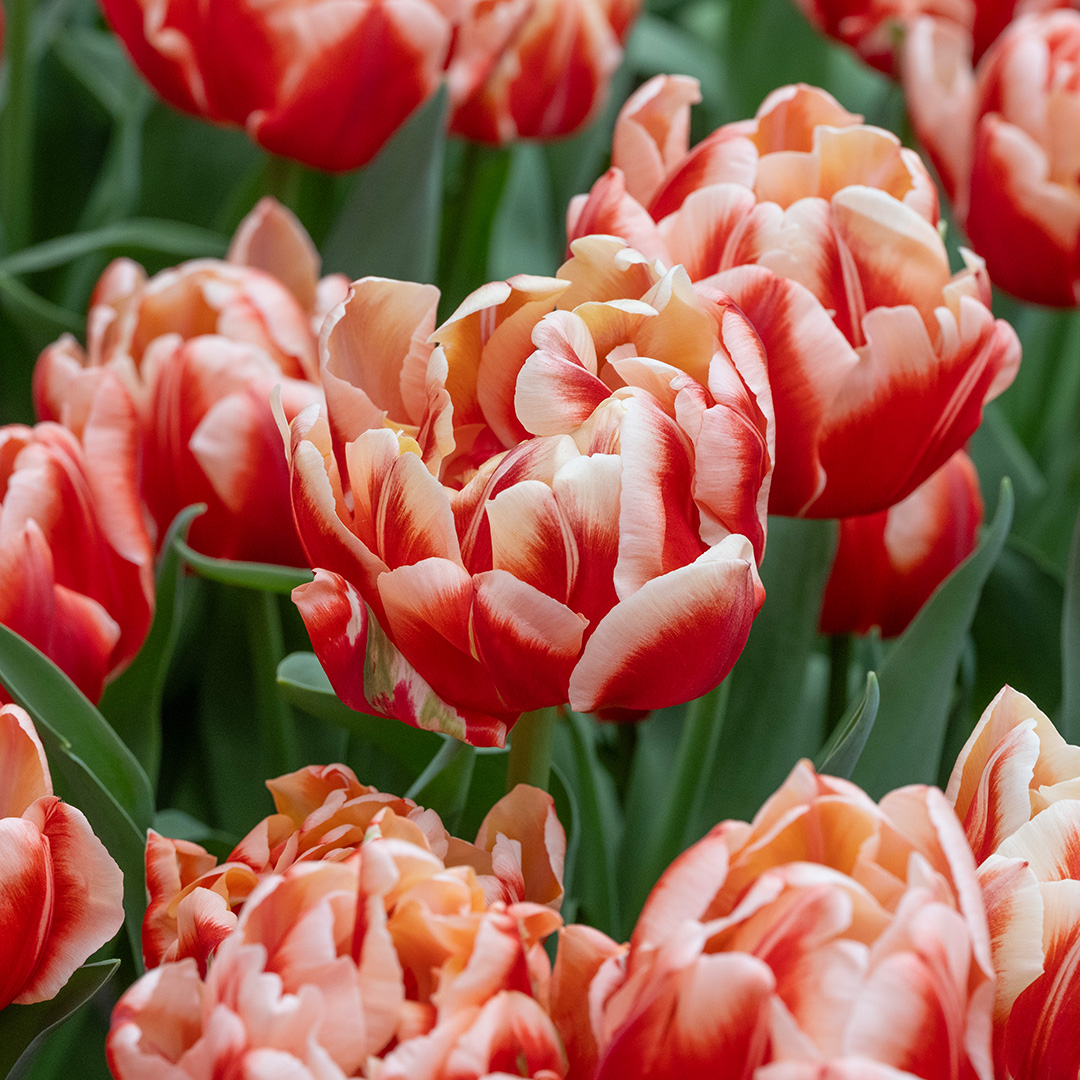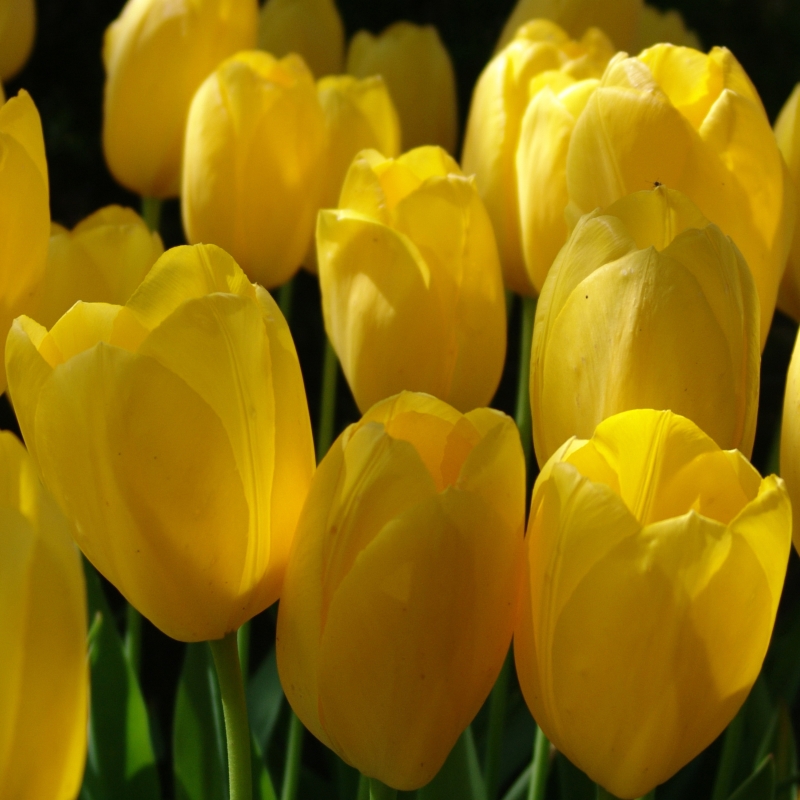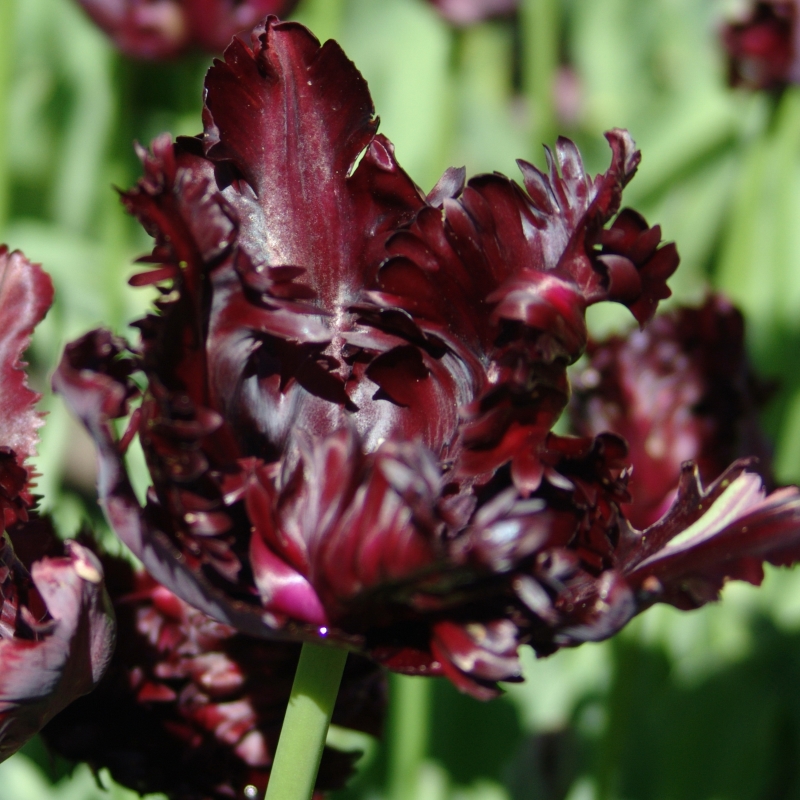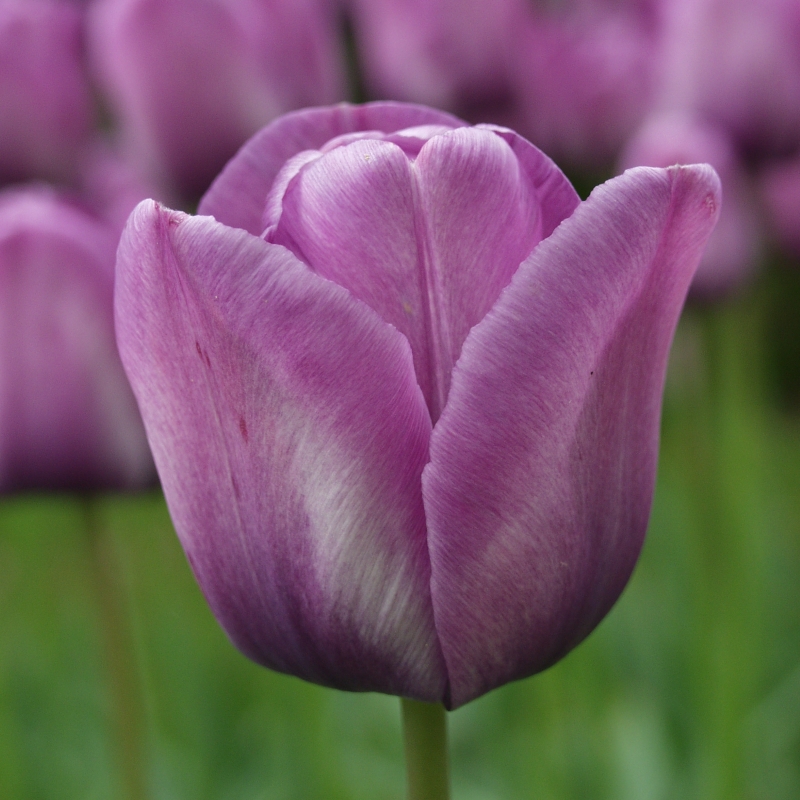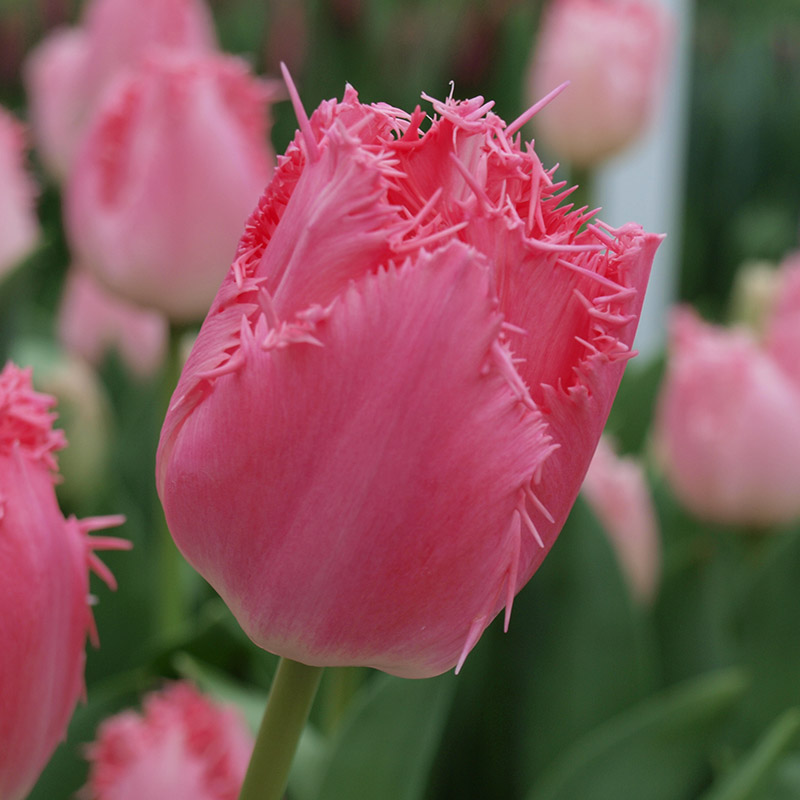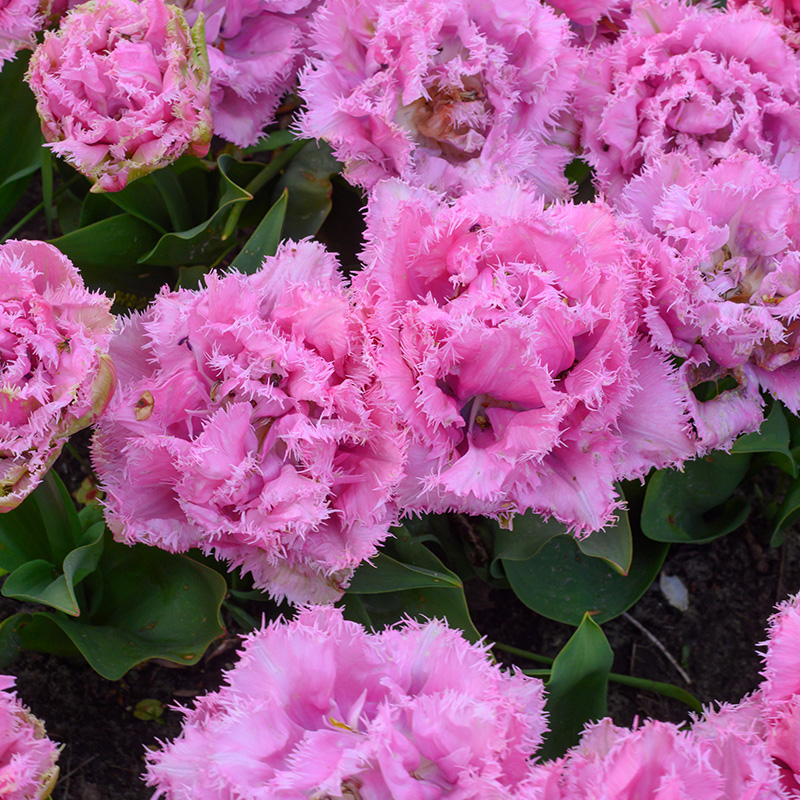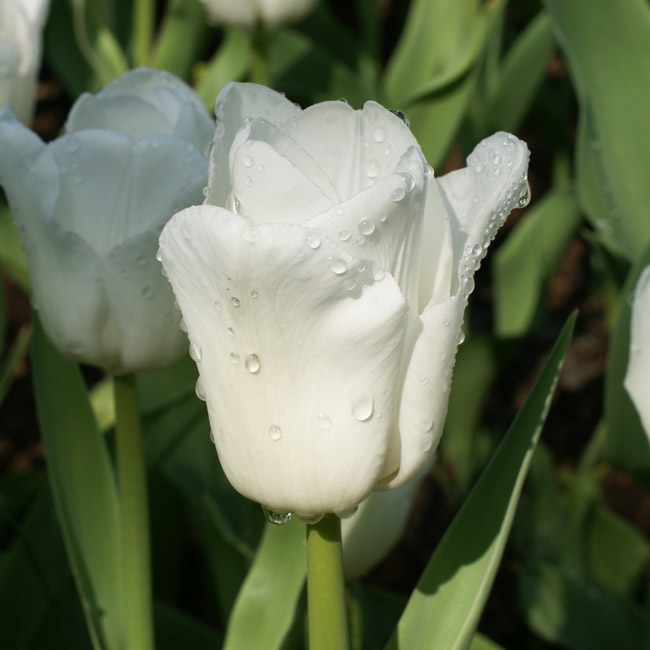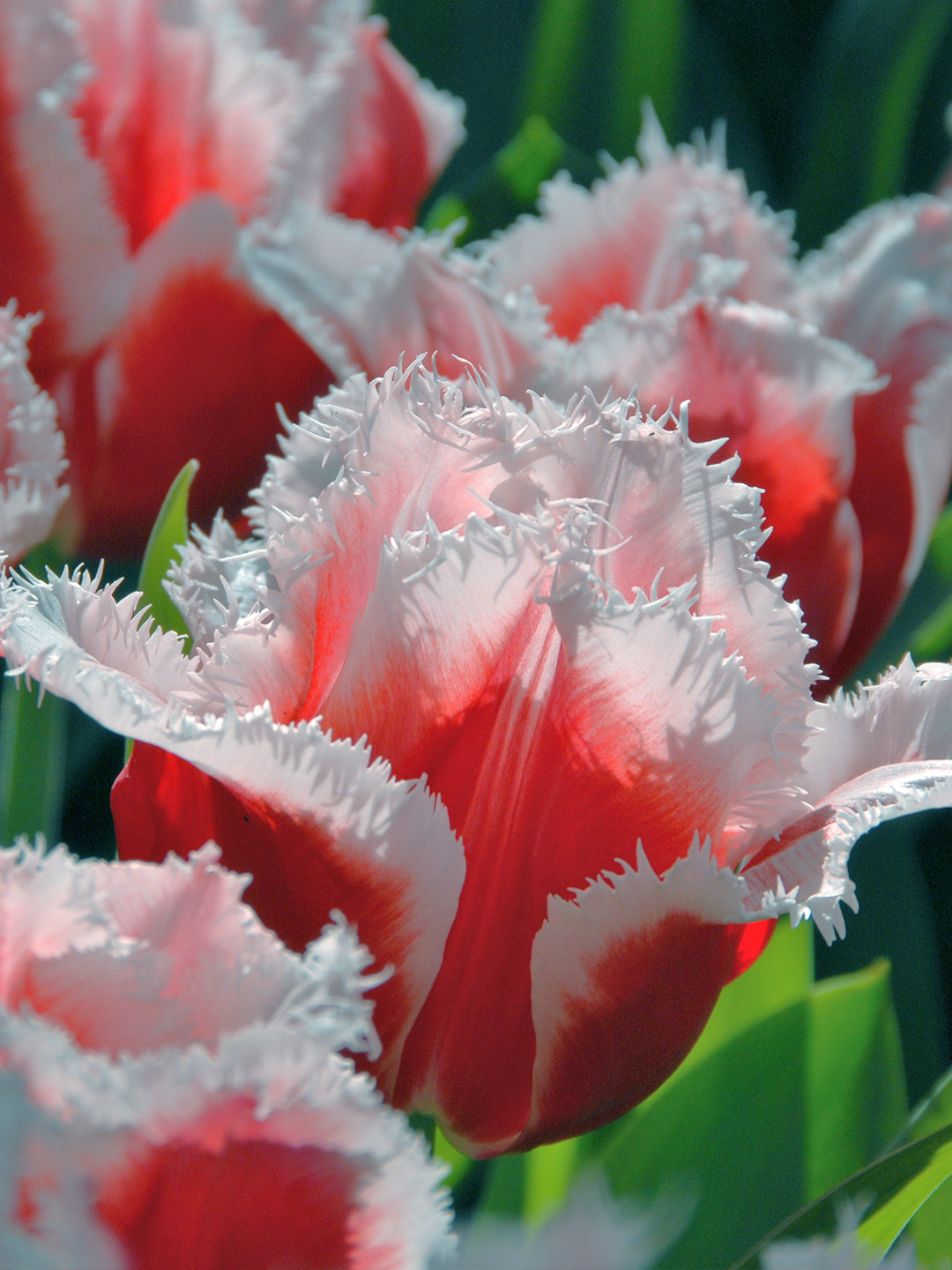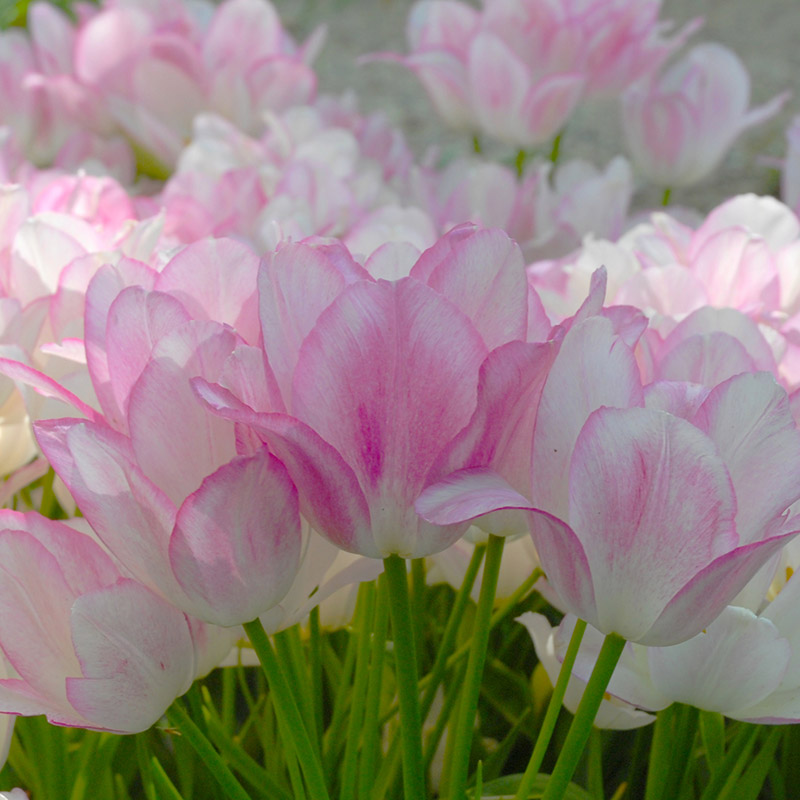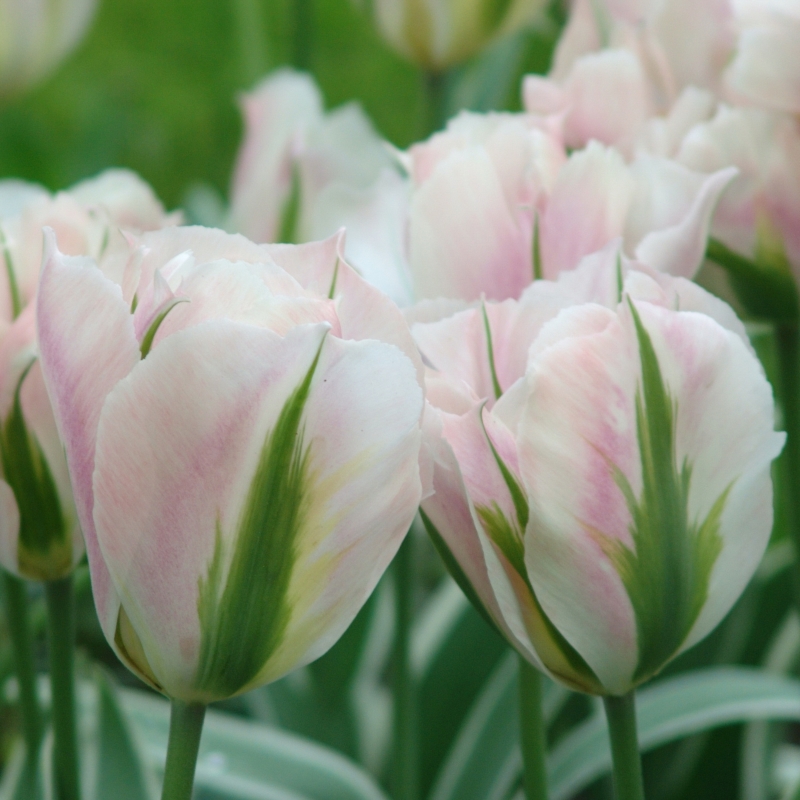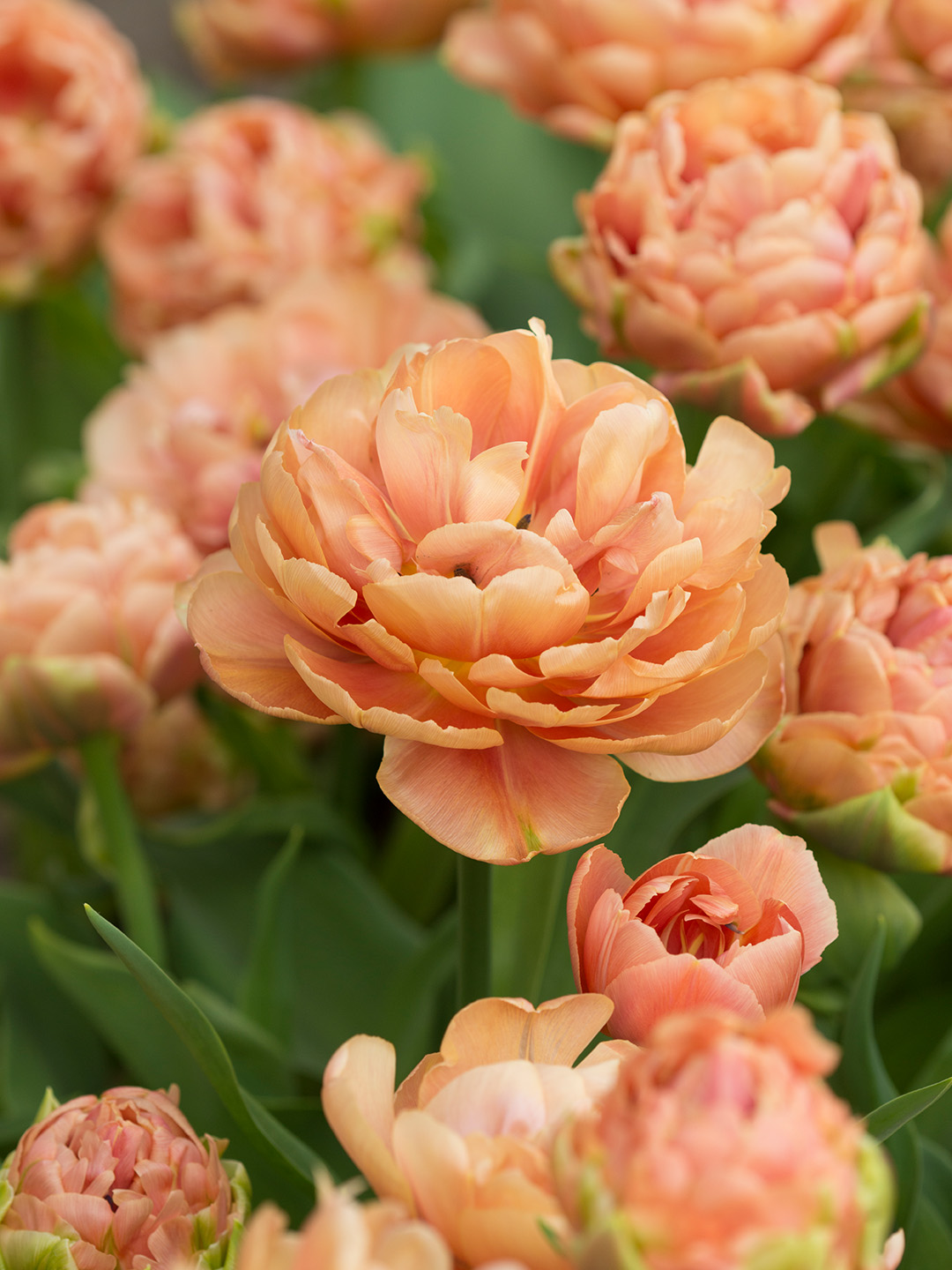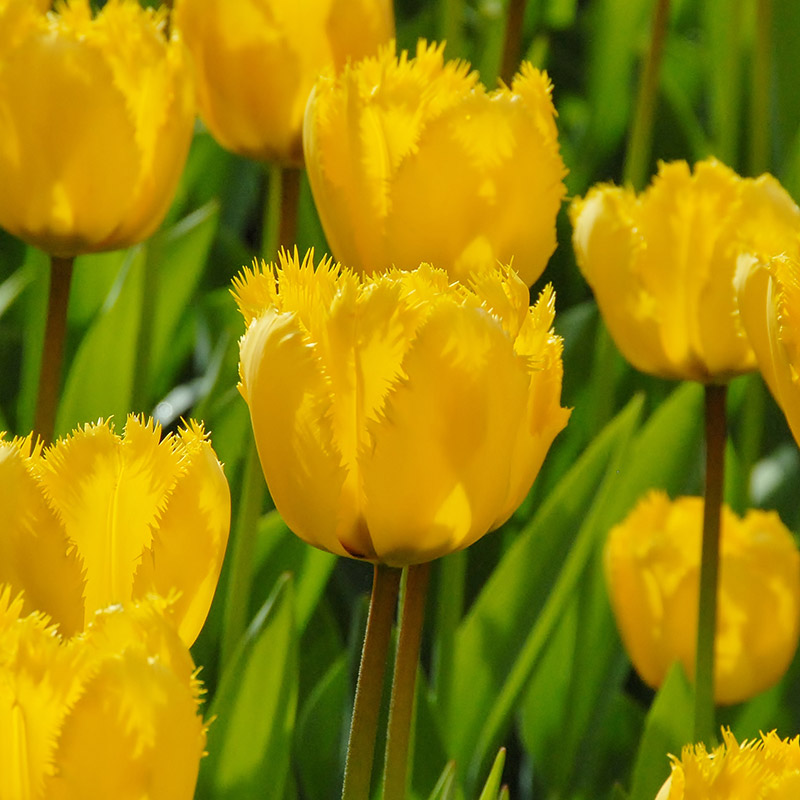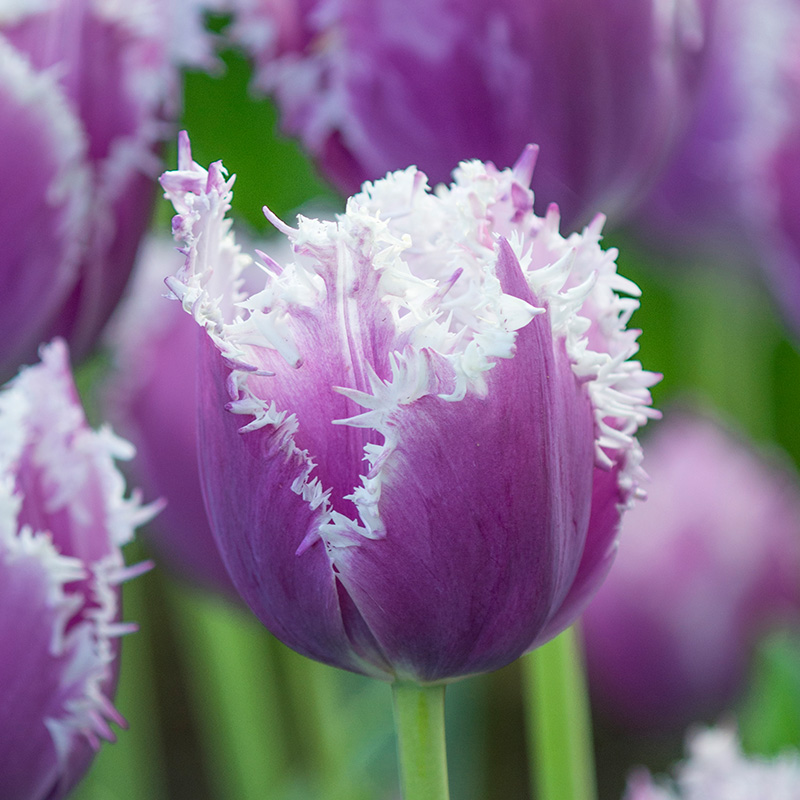
How does the Tulip breeding process work?
The Netherlands are known for their beautifully blooming tulip fields. But why are tulips planted in the first place and then immediately cut back in spring?
1. Planting tulip bulbs
Autumn is the best time to plant tulip bulbs in the ground - and not just at home. In preparation, the soil is ploughed and fertiliser and compost are added, so that the bulbs have fresh, nutrient-rich soil every year. With the help of huge agricultural machines, the bulbs are placed in the ground from the box on the roof of the machine and then covered with soil again. The field is then covered with straw to protect the young bulbs from too much frost. Although the bulbs need the cold of the winter to produce a beautiful flower, the young, fragile bulbs should not get too cold either.
2. Tulip fields in bloom
In spring, the first tulips pop up from the ground and transform large parts of the Netherlands into a breathtakingly colourful landscape. Shortly after the tulip bulb has begun to bloom, the flower is cut off. This is also known as cutting the heads off. The tulip heads are then composted. The tulip grower is not interested in the flower itself, but in the bulb. It is likely that not all the tulip heads are removed by the machines. The rest is manual labour. Growers walk the entire field and remove all remaining flowers by hand. This process can seem very sad when you enjoy the sight of fields in bloom. However, it is necessary to cheat nature.
3. The breeding bulb
After the tulips are headed, the bulbs, stems and leaves remain. The stems and leaves slowly wither and become food for the bulb. For here is the secret: a tulip bulb planted in autumn forms a tiny breeding bulb underground. This would not thrive enough if the tulip were to put all its energy into flowering. The small breeding bulb will be replanted in the autumn, while the existing bulb will be made ready for sale after the harvest.
4. Watering and disease prevention
To ensure the best growing conditions and prevent diseases, a number of things must be done during the growing process to protect the bulbs. If it has not rained for a longer period, the tulip fields will be watered artificially. Tulips are also susceptible to diseases. Therefore, the fields are regularly walked and checked for abnormalities. As soon as a plant looks sick, it is removed to prevent the possible spread of the disease.
5. Digging up tulip bulbs
The tulip bulbs are lifted from the soil with a machine between June and the beginning of August. First, the top layer of soil with the crop residues from the bulbs is removed. A machine with a large plate is used to lift the bulbs from under the roots. The bulbs and the sand and soil are sieved through the machine without damaging the tulip bulbs. The bulbs are sieved so that most of the sand and soil remains on the field.
6. Cleaning and sorting
Now the tulip bulbs are taken from the field to the grower for further processing. Here, the bulbs are further cleaned, peeled, roots are removed and the breeding bulbs are separated from the existing bulbs. They are then sorted by size using a sorting machine. The small (hatching) bulbs are stored in a dry place to be replanted in the autumn. Then the process starts all over again. And the large tulip bulbs are packed so that we can deliver them to your home!.

